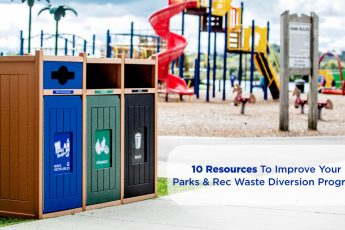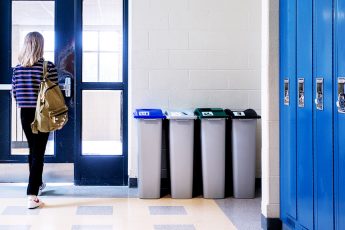What are Bioplastics?
July 19, 2016
Bioplastics are plastics that are made from renewable sources such as wood cellulose, wheat fiber, and corn. These plastics are compostable, breaking down as much as 60 percent or more in 180 days. Though it is compostable, bioplastics require water, heat, and air to break down, making it difficult to dispose of in landfills.
Early plastics were made with the intention of replacing existing materials such as rubber, ivory, and tortoise shells. In 1869, John Wesley Hyatt treated cellulose with camphor to create a synthetic polymer to replace ivory. This new material (dubbed celluloid) allowed for products to be more accessible to the public. The first fully synthetic plastic premiered in 1907 in the form of Bakelite by Leo Baekeland. The success of Hyatt’s celluloid and Baekeland’s Bakelite paved the way for other chemical companies to begin to research into the creation of other types of synthetic plastics that could serve a variety of uses.
—
Other Sources
Chemical Heritage Foundation. “The History and Future of Plastics.” Chemical Heritage Foundation. http://www.chemheritage.org/discover/online-resources/conflicts-in-chemistry/the-case-of-plastics/all-history-of-plastics.aspx. Accessed July 19, 2016.
Institute for Local Self-Reliance. “About Bioplastics.” Sustainable Plastics?. http://www.sustainableplastics.org/about. Accessed July 12, 2016.
Professor Plastic. “What are Bioplastics?” Plastics. https://www.plasticsmakeitpossible.com/about-plastics/types-of-plastics/what-are-bioplastics/. Accessed July 12, 2016.











